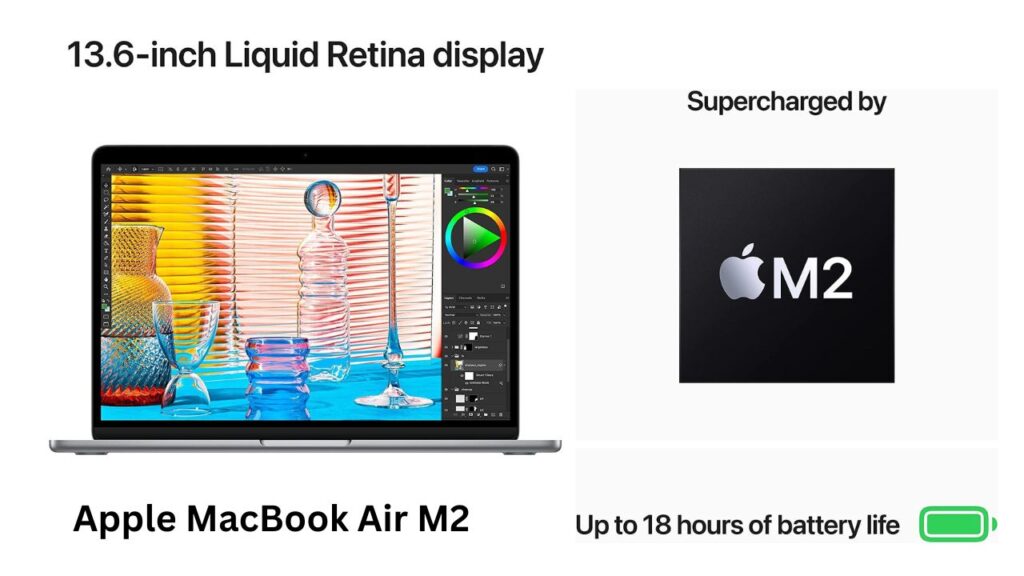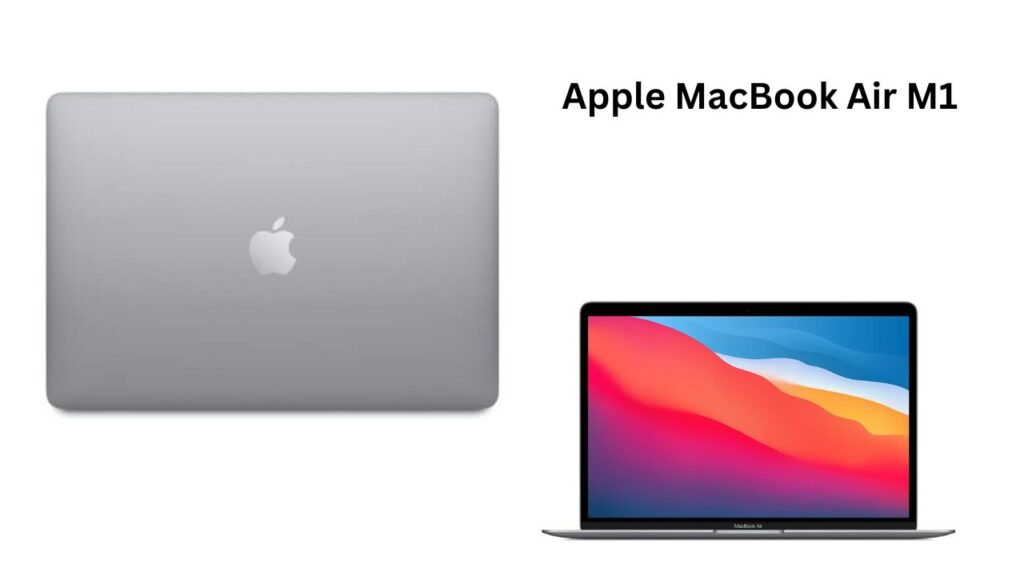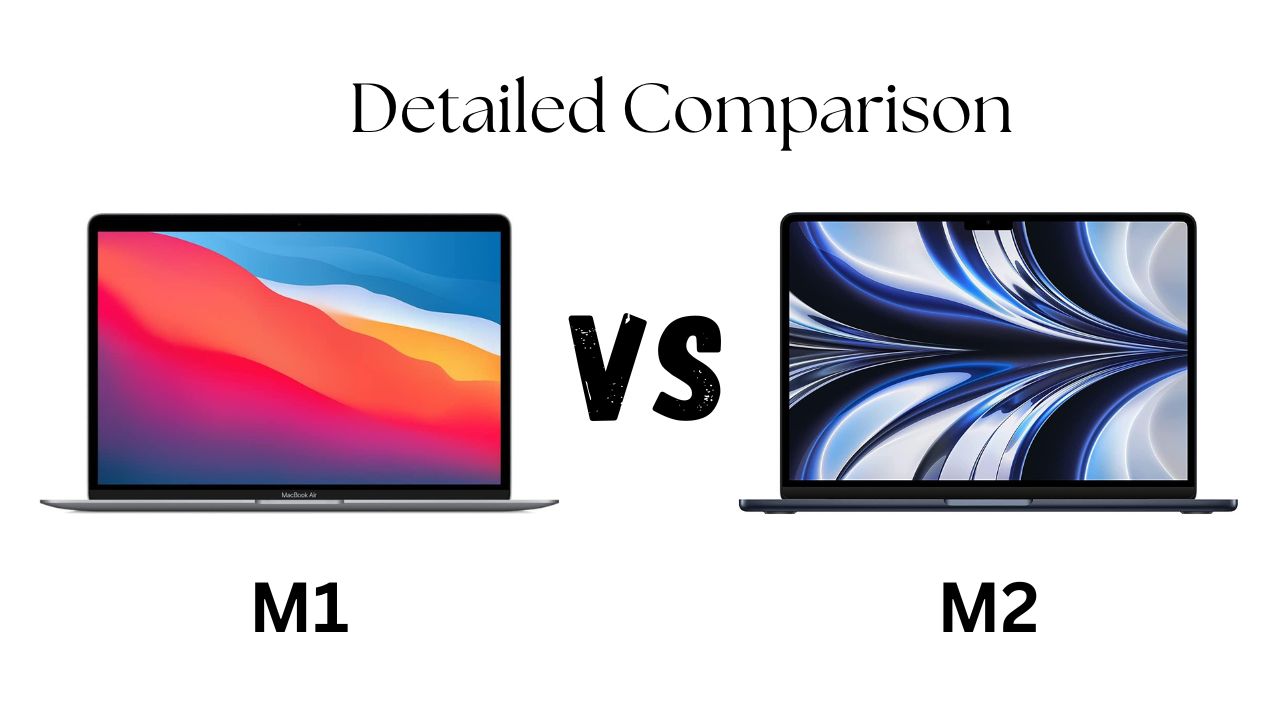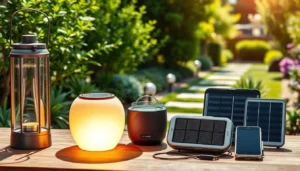Introduction
The Apple MacBook Air has long been one of the most popular thin-and-light laptops, prized for its combination of portability, battery life, and performance. With Apple’s transition to its own silicon, the MacBook Air line gained substantial improvements. Two prominent models in recent years are the MacBook Air with the M1 chip and the more recent MacBook Air with the M2 chip. This article examines both in detail, focusing on performance, design, battery life, display, portability, and value—especially for students and remote workers. Where relevant, we’ll touch on pricing and shopping considerations (including typical online marketplaces such as Amazon), but note that exact prices fluctuate frequently.
Keywords emphasized throughout: Apple MacBook Air.
Overview of the two models
- Apple MacBook Air (M1): Introduced in late 2020, the M1 MacBook Air marked Apple’s first use of its in-house M1 System-on-Chip (SoC) in Macs. It replaced Intel CPUs and brought major gains in performance and efficiency. The M1 Air is fanless, ultra-slim, and known for its excellent battery life and strong performance for everyday tasks.
- Apple MacBook Air (M2): Announced in 2022, the M2 MacBook Air updates the design, improves the SoC, and brings enhancements in display, camera, and overall capabilities. The M2 is built on a newer generation of Apple silicon, offering higher CPU and GPU performance in many workloads, and supports faster memory and higher memory capacity.
Design and build
- Form factor
- M1 Air: Retains the classic tapered wedge design that had defined the Air line for years. Extremely thin at the front and slightly thicker at the hinge.
- M2 Air: Introduces a flatter, more uniform chassis with a sleeker profile that aligns more closely with the MacBook Pro aesthetic. Slightly thinner overall at its thinnest points and generally regarded as more modern-looking.
- Ports
- Both models include two Thunderbolt / USB 4 ports and a 3.5 mm headphone jack. The M2 model later introduced a MagSafe charging option on some configurations (reintroducing a dedicated magnetic charging connection separate from the Thunderbolt ports), which can be a convenience and safety feature.
- Weight
- Both are light and extremely portable, with the M2 model being comparable in weight while bringing a slightly more compact footprint due to the design changes.
Display
- M1 Air
- 13.3-inch Retina display with True Tone technology, supporting bright and color-accurate visuals adequate for photo editing, streaming, and general productivity.
- M2 Air
- Slightly different display configuration: while still about 13.6 inches on most configurations, it has slimmer bezels and higher peak brightness in some cases. The M2 display supports a larger viewing area and can feel more modern and immersive.
- Colors and resolution
- Both displays are high-quality IPS/Retina panels with excellent pixel density. The M2 model typically has a slight edge in brightness and screen-to-body ratio, which benefits media consumption and outdoor visibility.
Performance and hardware
- CPU and GPU
- M1: 8-core CPU (4 performance cores, 4 efficiency cores), integrated GPU up to 8 cores depending on configuration. Excellent single-threaded and multi-threaded performance for everyday tasks, coding, media editing, and light creative workloads.
- M2: Improved CPU architecture and a higher ceiling for GPU cores (up to 10-core GPU in higher-end M2 configurations). The M2 delivers faster performance across the board—especially in GPU-bound tasks, and some multi-threaded workloads—while still being highly power-efficient.
- Unified Memory (RAM)
- M1: Official configurations typically offer 8 GB or 16 GB of unified RAM. Performance is excellent given the efficiency of Apple silicon, but heavier workloads (large datasets, large virtualization images, heavy multitasking with many browser tabs and apps) can benefit from 16 GB.
- M2: Supports higher memory bandwidth and offers configurations up to 24 GB of unified RAM, which can make a noticeable difference for users doing more intensive multitasking, pro apps, or memory-heavy tasks.
- Storage
- Both models offer SSD storage options with fast read/write speeds. The M2 sometimes ships with slightly faster SSDs in equivalent capacities, but both provide excellent responsiveness compared to typical Windows ultrabooks in their class.
- Thermals and sustained performance
- Both Air models are fanless, which means they operate silently. The M2 benefits from architectural improvements that allow it to sustain better performance at low power, but under prolonged heavy loads both can show some thermal throttling compared to active-cooled MacBook Pros. For most student and remote work demands this is a non-issue.
Battery life
- Apple silicon brought a step change in energy efficiency. The M1 MacBook Air is particularly notable for its all-day battery life—often delivering 12+ hours of mixed use and even longer in lighter usage scenarios such as video playback or web browsing with optimized settings.
- The M2 MacBook Air continues this trend with comparable battery life, though exact numbers vary with display brightness, workload, and use of the slightly brighter display. In practical terms, both provide excellent all-day battery life for students and remote workers.
Camera, audio, and other features
- Webcam
- M1: 720p FaceTime camera (in the original M1 MacBook Air), although Apple used improved image processing via the neural engine to enhance clarity.
- M2: Upgraded to a 1080p FaceTime HD camera on many configurations, offering improved video quality for video calls and online classes.
- Speakers and microphones
- The M2 generally offers slight improvements in speaker output and microphone quality. Both models have good speakers for a thin laptop and decent microphones for calls, but the M2 yields a somewhat better conferencing experience.
- Keyboard and trackpad
- Both use Apple’s Magic Keyboard and have large Force Touch trackpads. Typing and trackpad experiences are excellent on both.
Software and ecosystem
- Both machines run macOS (versions compatible with M1 and M2) and benefit from Apple’s ecosystem: continuity features like Handoff, iPhone integration, AirDrop, iCloud syncing, and more. Apple’s Rosetta 2 allows x86 apps to run smoothly on Apple silicon, and increasingly most major apps are available in native ARM builds.
Benefits for students
- Portability and battery life: Apple MacBook Air models are excellent for carrying across campus, attending back-to-back classes, and working long study sessions without recharging.
- Performance for everyday tasks: For writing essays, web research, managing spreadsheets, video streaming, note-taking apps, and even lightweight coding or app development, both M1 and M2 easily handle student workflows.
- Long battery life and quiet operation: Fanless design equals silent operation in libraries and lecture halls.
- App ecosystem: Access to productivity suites (Microsoft Office, Google Workspace via browser), academic apps, coding environments (Xcode runs on Apple silicon), and note-taking tools.
- Longevity and resale value: Apple devices often receive long-term software support and retain decent resale value—an important factor for students planning to keep a laptop for several years.
- Camera and communication: Improved webcam (M2) and excellent microphones help with online classes and group video calls.
Which should a student buy?
- If budget is a primary constraint, the M1 MacBook Air offers stellar value: exceptional performance for most student tasks and often available at discounted prices as it’s a prior-generation model.
- If you want slightly better performance, more RAM capacity (up to 24 GB), a better webcam, and a refreshed design, the M2 is the better choice—if it fits your budget.
Benefits for remote work / working at a distance
- Video conferencing and collaboration: Both MacBook Air models support modern collaboration tools (Zoom, Teams, Slack, Meet). The M2’s 1080p camera and slightly improved audio hardware make meetings look and sound better.
- Portability for hybrid work: Lightweight with long battery life, making it easy to move between home office, coworking spaces, and travel.
- Productivity: The M2 provides extra headroom for multi-app workflows, browser-heavy sessions, and light creative tasks. Both run code, office software, and cloud-based tools smoothly.
- Security and ecosystem: macOS offers integrated security features, Touch ID for convenient secure login (present on both), and strong integration with iPhone/Apple Watch unlocking and authentication.
- Remote development: Both are capable for many development workflows—remote SSH, containerized development (with caveats), IDE usage, and building many apps—though heavy virtualization may benefit from more RAM (M2 with 16–24 GB recommended in that case).
Price and value (shopping considerations, Amazon)
- Exact pricing changes rapidly due to promotions, supply, configuration (RAM, storage), and regional factors. Historically:
- The M1 MacBook Air often appears at lower price points than the M2, especially after the M2 launch. It is a compelling value choice for budget-conscious buyers.
- The M2 MacBook Air generally commands a premium for the newer design, improved camera, slightly better performance, and higher memory ceiling.
- Shopping tips:
- Compare configurations: Upgrading RAM and storage can dramatically affect price. For students and remote workers, aim for at least 256–512 GB SSD and 8–16 GB RAM depending on workload.
- Refurbished and certified pre-owned units: Apple’s refurbished store and reputable retailers (including Amazon’s Renewed program) can offer like-new devices at reduced prices with warranties.
- Seasonal sales: Back-to-school, Black Friday, Prime Day (on Amazon) and other seasonal sales can reduce prices significantly.
- Amazon: It often lists both new and renewed models from various sellers. Check seller ratings, warranty coverage, and return policies closely. Look for bundles that include adapters, sleeves, or additional warranty if needed.
- Final note on price: Since I can’t fetch live internet prices, check current listings on Amazon, Apple Store, and other trusted retailers to find the best current deal for your region and required configuration.
Which one should you choose?
- Choose the Apple MacBook Air M1 if:
- You want the best value/performance balance and can find it at a discount.
- Your tasks are general productivity, web browsing, media, light photo/video editing, and coding at small-to-medium scale.
- You prioritize getting a solid workhorse laptop at a lower price.
- Choose the Apple MacBook Air M2 if:
- You want the latest design, slightly better performance (especially GPU), and a 1080p webcam.
- You need more memory headroom (up to 24 GB) for heavier multitasking or larger datasets.
- You prefer the aesthetic and minor feature upgrades, and the price difference fits your budget.
Practical scenarios
- Student using laptop for essays, research, streaming lectures, note-taking, and occasional light photo editing:
- M1: More than adequate. Great battery life and price.
- M2: Offers nicer display and camera, useful if you often attend video calls.
- Remote worker who needs long conference calls, many collaborative apps, and frequent travel:
- M2: Slight edge from its camera and possibly better experience in video calls and multitasking.
- M1: Still excellent for most remote work scenarios if you can find a strong deal.
- Creative student or light video editor who occasionally works with Premiere Pro, Final Cut, or other creative apps:
- M2: Better GPU performance and more memory options help with rendering and multitasking.
- M1: Capable for smaller projects and learning environments; performance might be slower on heavy timelines.
Pros and cons summary
- M1 MacBook Air
- Pros: Excellent performance for price, long battery life, silent operation, very capable for most users.
- Cons: Older design, lower max RAM (16 GB), older webcam (720p) on earlier units.
- M2 MacBook Air
- Pros: Updated design, better display, improved webcam, higher memory ceiling, slightly better CPU/GPU performance.
- Cons: Higher price, still fanless so sustained performance for heavy loads is limited compared to active-cooled MacBook Pros.
Conclusion
Both the Apple MacBook Air M1 and M2 are outstanding laptops in their respective contexts. For many students and remote workers, the M1 model represents tremendous value—delivering performance and battery life that exceed many expectations for the price. The M2 model refines the formula with a refreshed design, improved camera, and higher memory options that are attractive to those seeking marginally better performance, a better display, and future-proofing.
When deciding, consider your workload (how much RAM and GPU performance you realistically need), your budget, and whether features like an improved webcam or MagSafe matter to you. For pricing, check current listings on Amazon (including new and renewed options), Apple’s own store (including student discounts where available), and other reputable retailers to find the best deal.

Apple MacBook Air M1 — Detailed Review best for U.S. Buyers
Apple MacBook Air M2 — Comprehensive Review for U.S. Buyers
How to Use a Laptop Computer for Beginners: A Step-by-Step Guide





